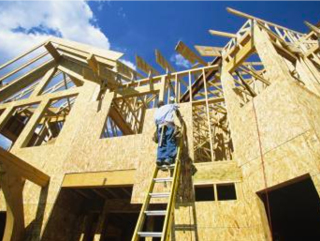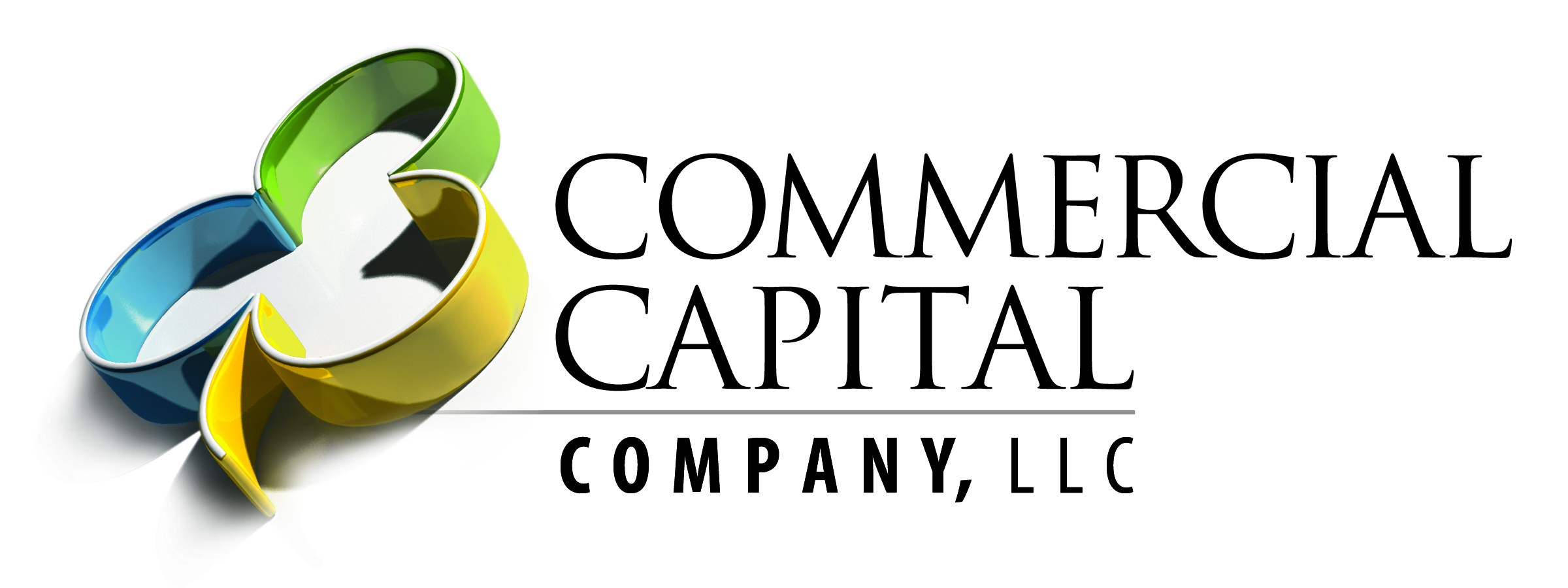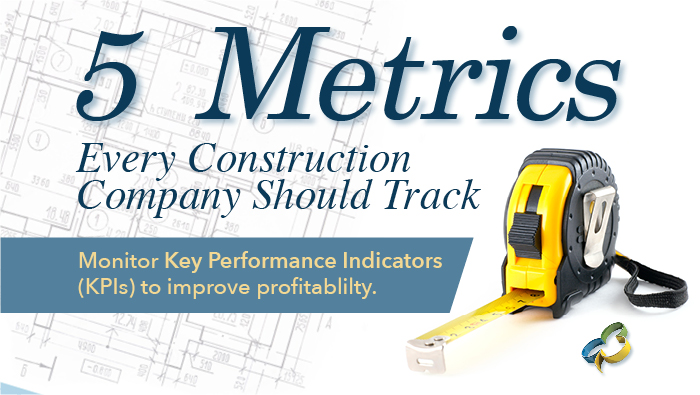Use Data To Mitigate Risk And Improve Profitability
Monitoring key performance indicators (KPIs) is crucial to maximizing profitability. How do you measure project success? With a variety of applications and spreadsheets used to manage data, lack of integration and standardized workflow processes can be problematic.
Past performance can be reviewed and learned lessons should influence your strategy moving forward. There are a number of essential construction KPIs that can identify if a project is on track and provide actionable insights into what changes need to be made.
The construction industry has weathered this pandemic fairly well, but individual success is dependent on a company’s ability to efficiently and effectively build long-term company health and perform at an optimal level.
5 Metrics Every Construction Company Should Track
1. Bid and Take-Off Performance
A large part of a construction company’s success hinges on generating accurate, competitive bids and take-off that result in a desired amount of work.
 Is your bidding process currently on track or are there areas you could improve? Making suitable adjustments in this department can directly affect your bottom line. It’s essential to scrutinize how your purchasing and estimating teams are trying to earn more work and whether or not those efforts are paying off in the right way.
Is your bidding process currently on track or are there areas you could improve? Making suitable adjustments in this department can directly affect your bottom line. It’s essential to scrutinize how your purchasing and estimating teams are trying to earn more work and whether or not those efforts are paying off in the right way.
A few bidding-specific KPIs include:
- Upcoming bids currently under development (won vs lost)
- The number of RFIs and RFQs submitted
- The number of business development meetings held and scheduled.
- Number of active leads and prospects and associated probability of winning work
- Number of issues and mistakes found in bid documents
54% of construction executives currently track the errors, omissions, and constructibility issues in their bid sets. Then, 66% use that data to mitigate the risk of the same problems occurring on future projects.
2. Liquidity
Banks look for higher liquidity measures and a company’s ability to meet obligations over time. Cash is King. Pay close attention to your operating cash flow and general liquidity conditions. Companies that find ways to retain additional cash flows in the business will do better in the long run with the ability to meet obligations as they come due.
Leasing dependable equipment allows contractors to keep their cash flow fluid and stay competitive.
3. Leverage (Borrowing)
 Federal Reserve officials acknowledged that inflationary pressures are likely here to stay. The Fed will end quantitative easing and raise interest rates. Multiple rate hikes throughout 2022 are inevitable, particularly if job growth stays on track. Contractors will want to review interest rates to ensure their company is paying the least amount in interest. Companies should focus on keeping debt low and equity high for a better financial position. Banks will be looking closely at companies’ financial leverages and borrowing.
Federal Reserve officials acknowledged that inflationary pressures are likely here to stay. The Fed will end quantitative easing and raise interest rates. Multiple rate hikes throughout 2022 are inevitable, particularly if job growth stays on track. Contractors will want to review interest rates to ensure their company is paying the least amount in interest. Companies should focus on keeping debt low and equity high for a better financial position. Banks will be looking closely at companies’ financial leverages and borrowing.
For some, purchasing business equipment may not be an option because the initial cash outlay is too high. Traditional financing and the need for large down payments may place unrealistic burdens on potential equipment buyers. Flexible lease options may allow contractors easier access to new and used equipment needed to win more projects. Leasing offers an easier path to profitability.
4. Profits and Profit Margin
Long-term growth is fueled by solid profits which comes from increasing the number projects and monitoring expenses. Managing equipment costs via a master lease allows contractors to set predictable budgets which may improve net profitability by avoiding traditional bank financing. Acquiring the equipment you need to be competitive shouldn’t deplete your operational cash flow.
That being said, construction teams need to track more than financials to determine a project’s success. So many unchecked factors can diminish profitability. Using a budget as an indication of a project’s success may not give a team enough actionable insights about possible changes that need to be made. Tracking key KPIs like safety, quality, employees, and performance gives construction companies a better opportunity to analyze their performance.
Standards need to be set to ensure accurate input and use of the information. “There’s an app for that.” Standardizing construction measurements and processes is easier due to digital transformation of the industry. Whether monitored in apps or spreadsheets, keeping an eye on these KPIs will help ensure your strategic plan stays on track.
Safety
- Safety incident rate
- Number of safety meetings and internal communications (keep safety top of mind)
- Number of accidents per supplier
Quality
- Number of site inspections
- Internal customer satisfaction
- Number of defects
- Number of defects due to workmanship (identify, track and train)
- Amount of time to correct defects
- Ratio of the number of inspection passed to total number of inspection
- Total cost of rework
- Customer satisfaction
Performance
- Waste and/or recycling per project
- Average revenue per hour worked
- Percentage of equipment downtime
- Percentage of labor downtime
- Worker satisfaction
- Training completion percentage rate
- Turnover rate
5. Sales
Amount of sales is usually the simplest measure of a company’s growth. As construction companies continue to grow sales by increasing their existing customer base and adding new ones, management should also focus on increasing sales generated by assets and benchmarking against industry standards. The asset turnover ratio can be used as an indicator of the efficiency with which a company is using its assets to generate revenue.
There are a wide variety of assets that businesses might have to perform at their highest level. They include:
- Cash and cash equivalents
- Accounts receivable
- Marketable securities
- Trademarks
- Patents
- Product designs
- Distribution rights
- Buildings
- Land
- Mineral rights
- Equipment
- Inventory
- Software
- Computers
- Furniture and fixtures
The Bottom Line
Construction companies’ focus should remain on managing overall profitability, not just sales.
Quick Credit Decisions
Start-ups and a variety of credit profiles are supported. With our rapid funding decisions, you can get business equipment or technology you need fast. Apply online today.
Contacta Con Nosotros
13910 W 96th Terrace
Lenexa, KS 66215
Toll Free: (800) 878-8053
Direct: (913) 341-0053
E-mail: sales@ccckc.com



